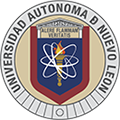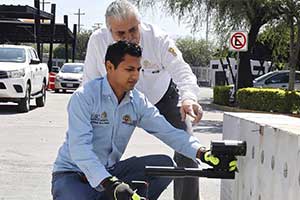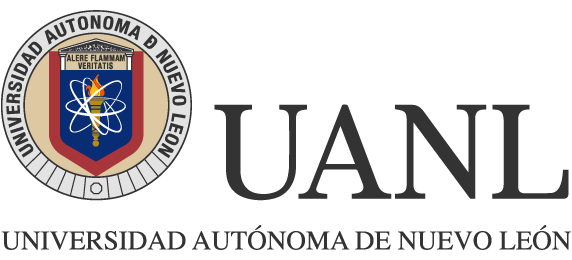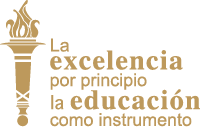Share:
Experts Discuss the Life Cycle of Concrete
The Universidad Autónoma de Nuevo León convenes experts from around the world at the Institute of Civil Engineering to review the latest research on this essential material for construction.
Since its origins, concrete has been a fundamental material in construction and society. Its qualities—strength, durability, versatility, and low maintenance—have made it one of the most widely used materials in the world for nearly nine thousand years.
Today, concrete is highly relevant to the global economy, as many homes are constructed with this material. Its aesthetic appeal and cost-effectiveness compared to other materials make it the preferred choice for housing construction in the country.
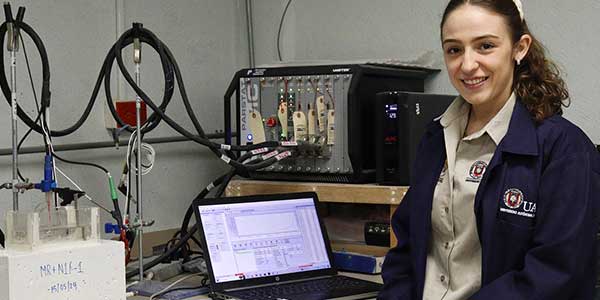
International Training Course on Concrete Available
In celebration of its 91st anniversary, the UANL School of Civil Engineering, in collaboration with the International Union of Laboratories and Experts in Construction Materials, Systems, and Structures (RILEM), is offering the course “Concrete Life Cycle”.
Alejandro Durán Herrera, head of the Concrete Technology Department at the Institute of Civil Engineering (IIC), stated that graduate students and local industry experts are attending the course at the IIC’s Center for Research and Innovation in Construction Materials to learn about the complete life cycle of concrete, from its production to its demolition.
From October 12 to 18, professors from Canada, Denmark, the United States, Israel, and Mexico shared their expertise in presentations covering topics such as cement hydration, the study of its mechanical properties, and the analysis of its useful life cycle, among others.
The specialist from the School of Civil Engineering emphasized that involving experts from around the world facilitated the transfer of knowledge, contributing to the development of competitive professionals in these areas.
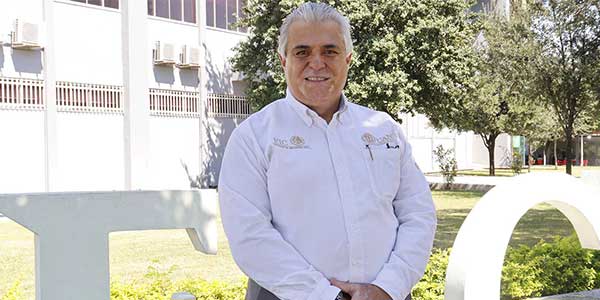
A Material Under Ongoing Examination
The revolution in the world of concrete, fueled by technological advances and a sustainable mindset, has led to rapid innovations in this field.
From studies analyzing the potential for self-regenerating concrete and its 3D printing to the development of sustainable concrete by incorporating recycled materials to reduce the carbon footprint of its production, these research projects are set to redefine the boundaries of construction in the future.
Durán Herrera stated that the material’s characteristics enable the pursuit of technological improvements to enhance its performance in future constructions.
“It is a material that is constantly being researched for technological improvements. Society relies heavily on it, and we are confident that in the future, it will provide many opportunities to enhance its performance in buildings.”
Alejandro Durán Herrera
Posted by: Portal Web
